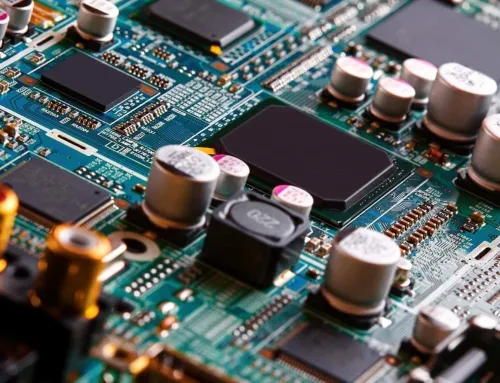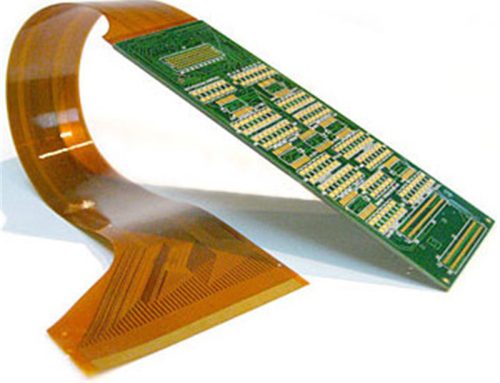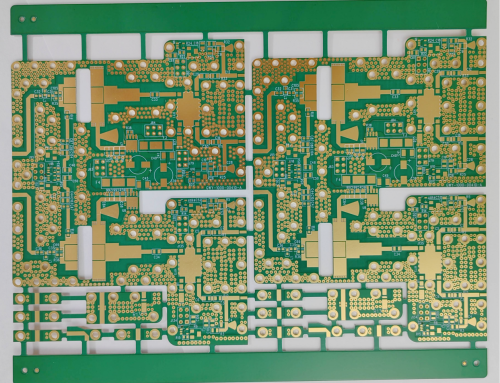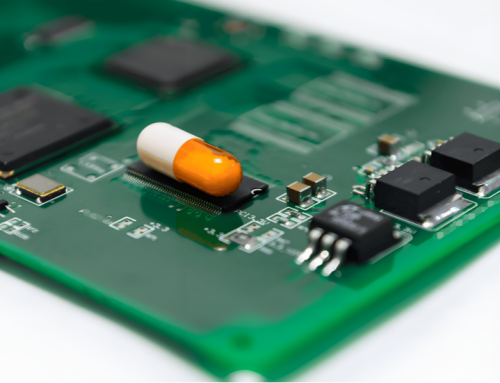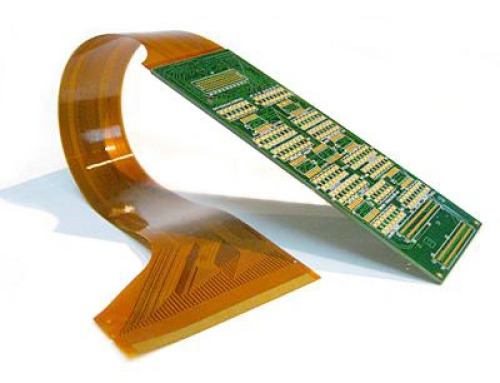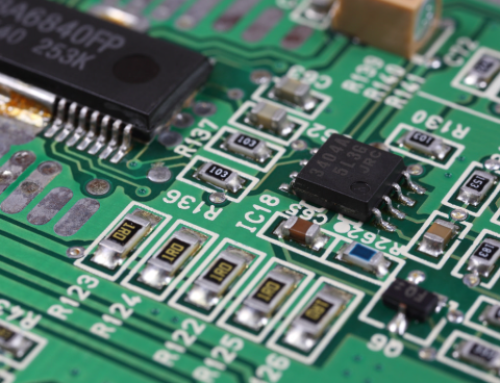Analysis of the Advantages and Disadvantages of Ceramic Printed Circuit Board
Table of Conent
Table of Conent
As electronic products are continuously optimized and upgraded, printed circuit boards that carry all the components of electronic products are also constantly improving. With the continuous advancement of 5G construction, industrial fields such as precision microelectronics and aviation and shipbuilding have been further developed, and these fields all cover the application of ceramic substrates. Ceramic PCBs, in particular, have gained popularity due to their higher performance.
Ceramic circuit boards have improved performance and functionality significantly when compared to typical fiberglass or FR-4 boards, as well as other metal composite boards consisting of copper and aluminum. However, like anything else, printed circuit boards with ceramic substrates have advantages and downsides, and the benefits greatly outweigh the drawbacks.
1. Advantages of Ceramic Printed Circuit Board
High Stability
Manufacturers make regular printed circuit boards by bonding copper foil over a substrate material. The substrate material can be of various materials like phenolic resin or FR-3, glass fiber or FR-4, PTFE, Copper- base, Aluminum-base, composite ceramics, and others. The bonding material is usually epoxy or phenolic.
Several factors may cause the PCB to warp to a varying degree. These factors can be of chemical nature, from thermal stresses, improper production processes, and others related to PCB production. Asymmetric copper thickness and bonding on two sides of the substrate during fabrication of the copper clad may also lead to warping of the board.
For a ceramic PCB, manufacturers bond the copper circuit to the base material using magnetron or vacuum sputtering technology. This creates a very strong bonding force, preventing the copper foil from easily peeling off. Ceramic boards are therefore, highly stable and reliable.
Higher Current Carrying Capacity
Compared to regular printed circuit boards made from glass epoxy, ceramic boards have a substantially higher thermal conductivity. Therefore, ceramic boards can efficiently remove heat generated from copper tracks carrying high currents. For example, a ceramic board with a 1 x 0.3 mm copper track carrying 100 A current will see a temperature increase of approximately 17°C. Another ceramic board with a 2 x 0.3 mm copper track carrying the same 100 A current will only increase in temperature by roughly 5°C.
High Thermal Conductivity
Compared to alumina, which has a thermal conductivity of 12-38 W/m.K, and aluminum nitride, which has a thermal conductivity of 170-230 W/m.K, the thermal conductivity of the ceramic substrate can reach around 230 W/m.K, depending on the material composition and preparation methods used.
Thermal Expansion Coefficient
Depending on its high bonding strength, the thermal coefficient of expansion for ceramic substrates matches that of copper more closely.
Low Thermal Resistance
Ceramic substrates have great heat conductivity, hence they will have low thermal resistance. with example, with a ceramic substrate measuring 10 x 10 mm, a thickness of 0.63 mm has a thermal resistance of 0.31 K/W, 0.38 mm has a thermal resistance of 0.19 K/W, and 0.25 mm has a thermal resistance of 0.14 K/W.
Low Dielectric Loss
Ceramic substrates exhibit low dielectric loss when subjected to an electromagnetic field. Material with high electrical conductivity allow free electron flow when subjected to a charge. However, insulators show low electrical conductivity and low electron movement. Many industrial applications require an insulator such as ceramic substrates that can withstand high levels of voltage without much dielectric loss.
Low Dielectric Constant
Ceramic boards are extremely stable, even in the presence of high humidity and temperatures. This is due to ceramic substrates’ low dielectric constant, which allows the board to remain intact or undamaged even in extreme environmental conditions. This means that gadgets built using ceramic boards will be more reliable, of greater quality, and safer.
High Dielectric Strength
Ceramic substrates can withstand high electrical voltage before they break down. This is far higher than what standard printed circuit board materials can handle. In addition, ceramic substrates can sustain high voltages for a longer period of time than other materials. This makes ceramic substrates much superior insulating materials.
High Volume Resistivity
This is a measurement of how well a material resists the flow of an electrical current. Ceramic substrates offer significantly higher volume resistivity than standard PCB materials, even at high temperatures. This is an extremely significant feature because it translates to ESD or electrostatic discharge safety, which protects sensitive components installed on the board from ESD.
High Cosmic Ray Resistance
Ceramic PCBs can effectively resist cosmic ray radiation. This feature may not be important for equipment that works on or near the surface of the earth, but it is a very important thing for aerospace equipment. This is because in space, people are more susceptible to higher levels of cosmic ray radiation. Cosmic radiation can damage ordinary PCBs, while ceramic PCBs are a better choice.
2. Disadvantages of Ceramic Printed Circuit Board
High Cost
Although a ceramic board costs more than a normal board of the same size, its cost-to-performance ratio is significantly lower. For example, because the life of a ceramic PCB is significantly longer than that of a standard board, it will require many fewer replacements.
Highly Fragile
Ceramic boards are fragile, more fragile than ordinary printed circuit boards. Ceramic substrates are the basic materials for high-power electronic circuit structure technology and interconnection technology. They are densely structured and have a certain degree of brittleness. Traditional processing methods, there is stress during the drilling process, and it is easy to produce cracks for very thin ceramic sheets. Therefore, ceramic boards need to be handled better and more carefully. For example, when installing inside the equipment, the operator must be careful not to apply any undue pressure to the ceramic board that may cause it to distort. Therefore, most ceramic boards are small.
Low Availability
There are not many manufacturers who can supply the right type of ceramic plates. The lack of supply leads to a high cost of ceramic plates.
3. Ceramic Printed Circuit Board FAQs
4. Summary
Ceramic printed circuit boards are becoming more popular due to their advantages in applications such as solar panel components, high-power electronic modules, high-frequency switching power supplies, automotive electronics, solid state relays, high-power LED lighting products, aerospace and military electronics, and communication electronics. With the continued development of the microelectronics industry, electronic components are gradually moving towards miniaturization and thinness, and precision requirements are becoming increasingly stringent, putting ever-increasing demands on ceramic substrate processing.
Assypcb produces various types of high-quality printed circuit boards. If you have any customized PCB board requirements, please feel free to contact us. We will do our best to support you in the most cost-effective price!
Latest Blog
Contact Info
Phone: +86-755-82882936
Email: [email protected]
WhatsApp: +86-13570802455
Wechat: +86-13570802455
Address: 2nd floor,D Bldg.,Electric Link Technology Bldg.,Gongming,Guangming New Dist.,518106 Shenzhen, China





